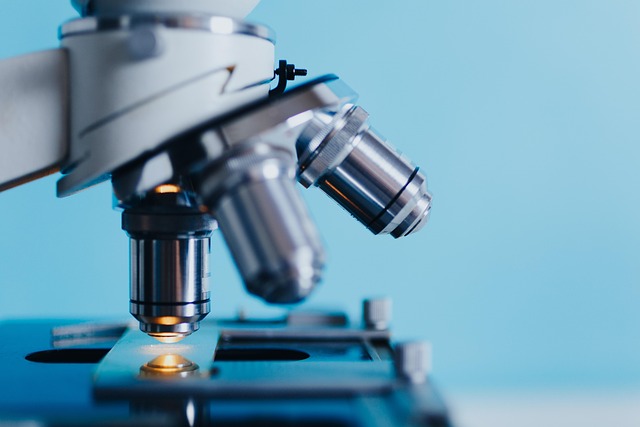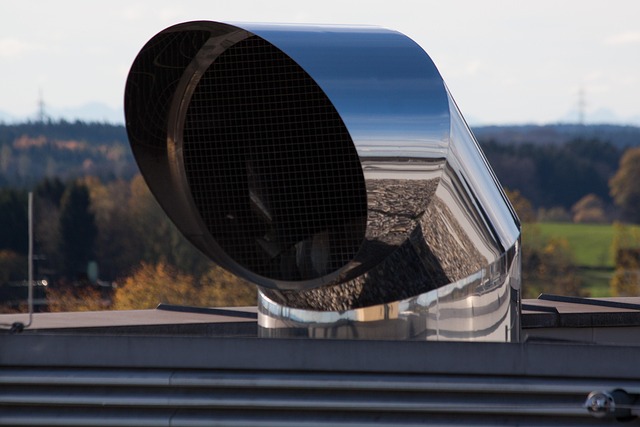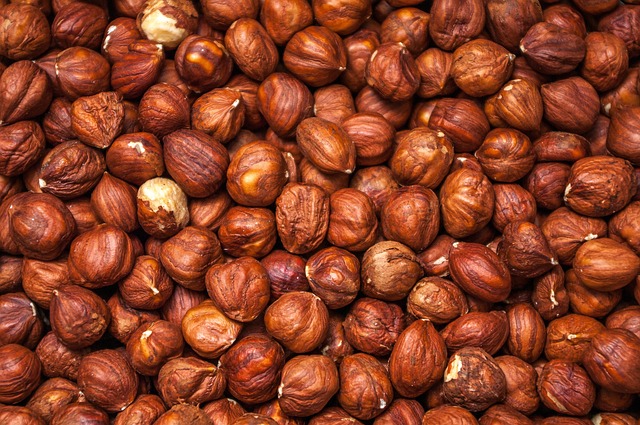
What is Polyacrylamide Gel?
Polyacrylamide gel is a fascinating substance that has found its niche in the world of science, particularly in the realm of biochemistry and molecular biology. Made by polymerizing acrylamide, this gel serves as a medium for separating biomolecules such as proteins and nucleic acids. Think of it as a high-tech trampoline for molecules—some bounce right through while others get stuck! 🏃♂️💨
How Does It Work?
The magic of polyacrylamide gel lies in its ability to create pores of varying sizes. When acrylamide is mixed with a crosslinker and a free-radical initiator, it polymerizes into a gel. The concentration of acrylamide determines the size of these pores. More acrylamide means smaller pores, which makes it easier to separate smaller molecules. It’s like trying to fit a large dog through a small doggy door—only the right-sized molecules make it through!
Applications of Polyacrylamide Gel
Polyacrylamide gel is a superstar in various scientific applications:
- SDS-PAGE: This stands for Sodium Dodecyl Sulfate Polyacrylamide Gel Electrophoresis. It’s a method used to separate proteins based on their size. Proteins are denatured and coated with SDS, giving them a uniform charge, which allows them to move through the gel when an electric field is applied. Think of it as a race where everyone is wearing the same outfit!
- DNA and RNA Analysis: Polyacrylamide gels can also be used to separate nucleic acids. This is particularly useful in techniques like DNA sequencing and analyzing PCR products. If you’ve ever wondered how scientists figure out the order of bases in DNA, you can thank polyacrylamide gel!
- Protein Purification: The gel can be utilized in various purification processes, helping to isolate specific proteins from a complex mixture. Imagine trying to find a needle in a haystack—polyacrylamide gel helps scientists find that needle!
Safety Considerations
While polyacrylamide gel is incredibly useful, it’s important to note that acrylamide itself is toxic, particularly to the nervous system. Safety measures must be followed when working with it. Always wear gloves, goggles, and a lab coat, because no one wants to be the lab superhero who gets taken down by a toxic chemical!
Conclusion
In summary, polyacrylamide gel is a versatile and essential tool in the scientific toolbox. Its ability to separate biomolecules based on size has made it a cornerstone in laboratories around the world. Whether it’s for analyzing proteins, purifying DNA, or just showing off to your lab buddies, polyacrylamide gel does it all—minus the cape!

















 What Are Amino Acids?
What Are Amino Acids? 
 Health
Health  Fitness
Fitness  Lifestyle
Lifestyle  Tech
Tech  Travel
Travel  Food
Food  Education
Education  Parenting
Parenting  Career & Work
Career & Work  Hobbies
Hobbies  Wellness
Wellness  Beauty
Beauty  Cars
Cars  Art
Art  Science
Science  Culture
Culture  Books
Books  Music
Music  Movies
Movies  Gaming
Gaming  Sports
Sports  Nature
Nature  Home & Garden
Home & Garden  Business & Finance
Business & Finance  Relationships
Relationships  Pets
Pets  Shopping
Shopping  Mindset & Inspiration
Mindset & Inspiration  Environment
Environment  Gadgets
Gadgets  Politics
Politics 